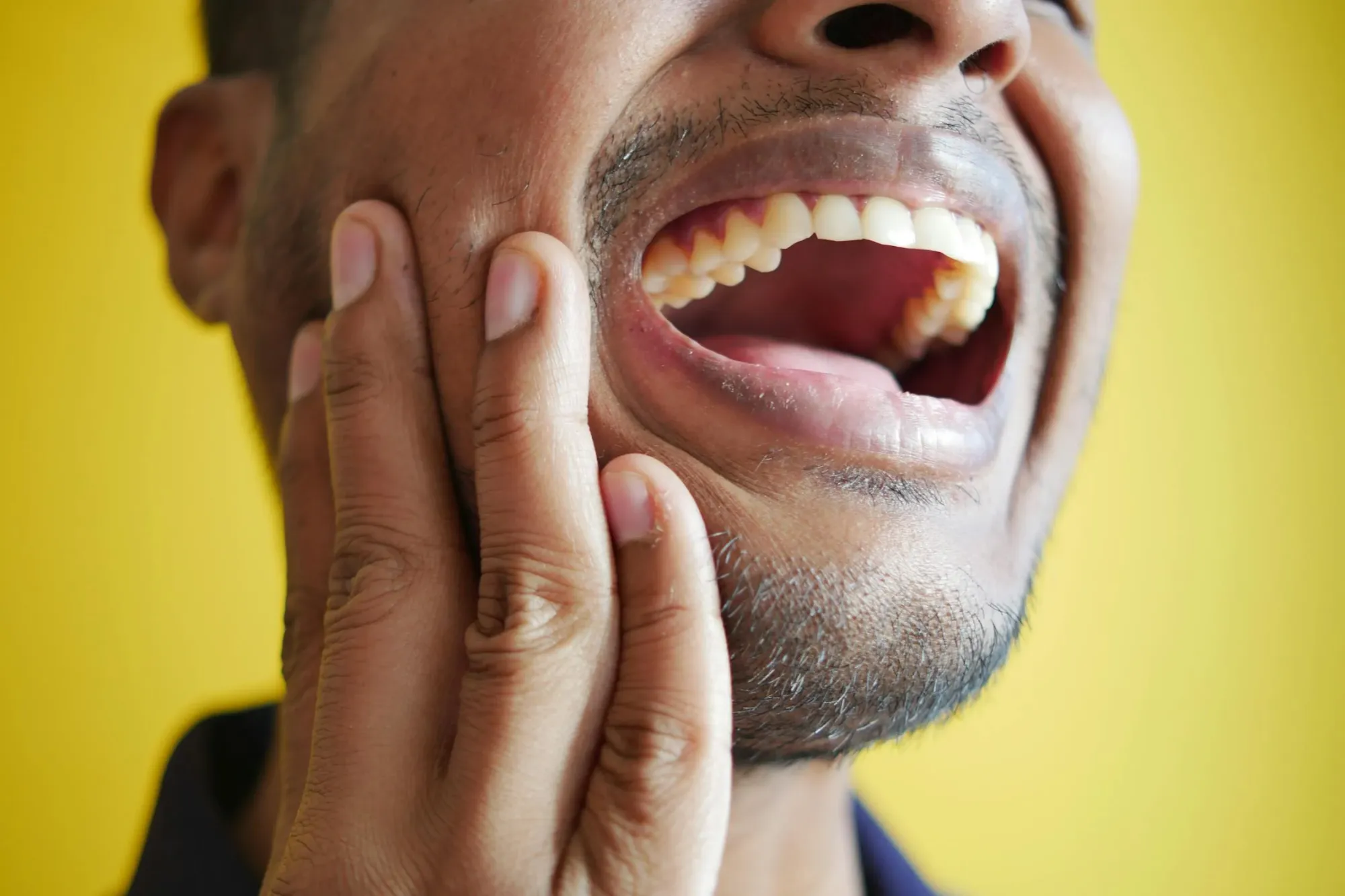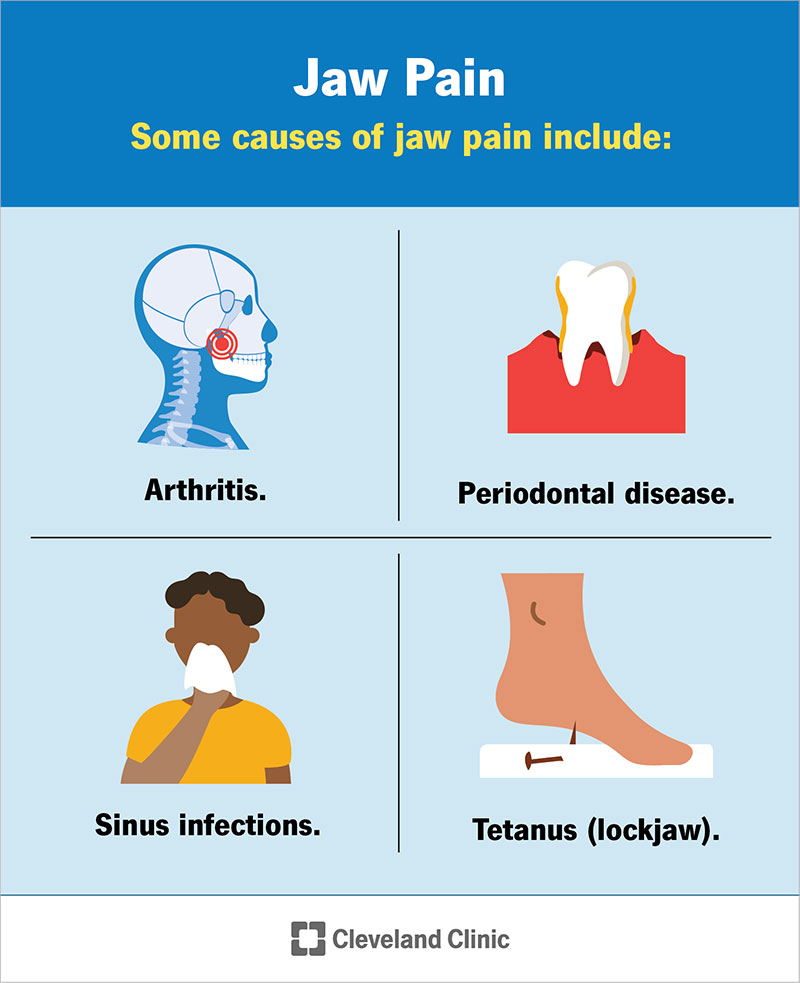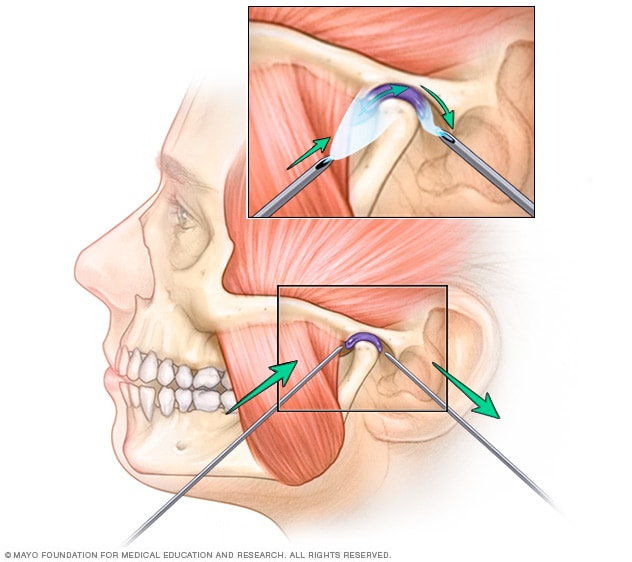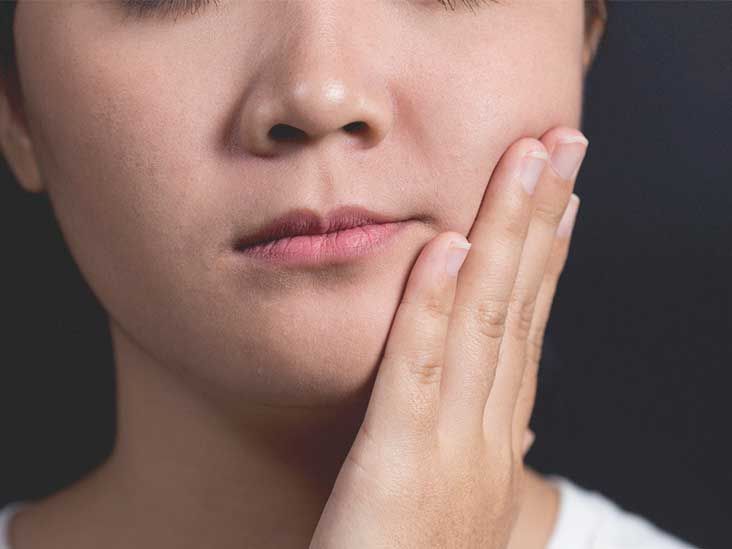Before diving into specific solutions, it’s important to understand what underlies jaw pain. The TMJ, located just in front of the ears, plays a crucial role in activities such as talking, chewing, and yawning. The joint is supported by muscles like the masseter, temporalis, and pterygoid, which can become strained from overuse or tension. Common causes of jaw pain include:
- Muscle tension or spasms: Often a result of stress, poor posture, or habitual clenching.
- Bruxism: Involuntary teeth grinding, particularly at night, which strains the jaw muscles.
- TMJ disorders: These may involve issues like disc displacement or arthritis, leading to clicking, popping, or locking of the jaw.
- Injury or trauma: A direct impact or strain can also result in pain and reduced mobility.

Simple Way #1: Jaw Exercises for Pain Relief
Targeted jaw exercises can work wonders by improving the joint’s range of motion and reducing muscle tension. These exercises aim to gently stretch and strengthen the muscles around the jaw, restoring balance and easing discomfort. Among the many exercises recommended, two stand out for their simplicity and effectiveness: the Masseter Stretch and the Jaw Opening Exercise.
Masseter Stretch
The masseter is one of the primary muscles involved in chewing, and it’s often the culprit behind jaw tension. To perform the Masseter Stretch:
- Positioning: Sit or stand with a straight back. Keep your shoulders relaxed.
- Starting Position: Place your fingers gently on the muscles along the sides of your jaw, just below your ears.
- Stretch: Slowly open your mouth as wide as is comfortable. You should feel a gentle stretch along the masseter muscles.
- Hold: Maintain this position for about 10–15 seconds before slowly closing your mouth.
- Repeat: Perform this stretch 5–10 times, ideally a couple of times per day.
This exercise helps to loosen tight muscles and increase flexibility, making it easier for the jaw to move without pain. Detailed instructions and variations can be found in articles from TMJ Plus and Camberwell Osteopath.
Jaw Opening Exercise
Another highly recommended exercise is the Jaw Opening Exercise, which is excellent for relieving stiffness and enhancing mobility.
- Preparation: Sit comfortably with your back supported. Ensure your head is aligned with your spine.
- Tongue Placement: Place the tip of your tongue on the roof of your mouth, just behind your upper front teeth. This simple step helps regulate the movement of your jaw.
- Opening: Slowly open your mouth as wide as you can without causing pain. It’s important to maintain control during this movement to avoid overstressing the joint.
- Hold and Relax: Once you reach a comfortable stretch, hold the open position for about 5–10 seconds before slowly closing your mouth.
- Repetition: Aim for 5–10 repetitions per session, performing the exercise once or twice a day.
By regularly practicing the Jaw Opening Exercise, the muscles become more coordinated, and the range of motion improves, leading to less frequent episodes of pain. These exercises are not only easy to incorporate into a daily routine but also have the added benefit of reducing the likelihood of future discomfort.
How These Exercises Work
When performed consistently, these jaw exercises contribute to:
- Improved blood circulation: Enhanced circulation helps to reduce inflammation and promotes healing in the affected areas.
- Strengthened muscles: Regular stretching and controlled movements build muscle strength, which can prevent the recurrence of jaw pain.
- Reduced tension: By actively engaging and relaxing the muscles, the overall tension in the jaw is alleviated, reducing the frequency and intensity of pain episodes.
The simplicity of these exercises means they can be performed at home without any special equipment. However, it’s important to approach them gradually. If any exercise causes increased pain or discomfort, it’s advisable to reduce the intensity or consult a healthcare professional.
For more detailed guidance on performing these exercises, TMJ Plus offers excellent video demonstrations and step-by-step instructions that illustrate each movement in detail.
Simple Way #2: Relaxation Techniques and Stress Reduction
Stress plays a significant role in jaw pain, as it often leads to habits like clenching or grinding the teeth. Over time, these behaviors strain the jaw muscles and can trigger or exacerbate TMJ disorders. Learning to manage stress and incorporating relaxation techniques can be a powerful tool in reducing jaw pain.
Deep Breathing and Progressive Muscle Relaxation
One of the most accessible and effective ways to reduce tension in the jaw—and throughout the entire body—is through deep breathing and progressive muscle relaxation.
- Deep Breathing:
- Find a quiet space: Sit comfortably and close your eyes if you feel comfortable doing so.
- Inhale slowly: Breathe in deeply through your nose for a count of four, allowing your stomach to expand.
- Exhale fully: Slowly release the breath through your mouth for a count of four. Focus on letting go of the tension with each exhalation.
- Repeat: Continue this cycle for at least five minutes, gradually increasing the duration as you become more relaxed.
- Progressive Muscle Relaxation:
- Start at the feet: Tense the muscles in your feet for about 5–10 seconds and then slowly release.
- Work your way up: Gradually move to your calves, thighs, abdomen, and finally your neck and jaw. When you reach the jaw, consciously relax your facial muscles, letting your jaw drop loosely.
- Focus on the release: Notice the difference in sensation between the tension and the subsequent relaxation.
These techniques are beneficial not only for jaw pain but for overall stress management. According to Healthline, stress is a common trigger for TMJ pain, and managing it can lead to a noticeable reduction in discomfort.
Heat and Cold Therapy
Another simple yet effective relaxation method is the application of heat or cold to the jaw area. Both can help reduce pain, but they work in different ways:
- Cold Therapy:
Apply an ice pack wrapped in a thin cloth to the painful area for 10 minutes at a time. Cold therapy helps numb the pain and reduce inflammation. This method is particularly useful immediately after an episode of pain or injury. - Heat Therapy:
Use a warm, moist compress or a heating pad on a low setting for 15–20 minutes. Heat increases blood flow and helps relax stiff muscles, making it easier to perform gentle jaw exercises afterward.
The choice between heat and cold often depends on the nature of the pain. For acute pain and swelling, cold is usually recommended, while heat can be more soothing for chronic muscle tension. Cleveland Clinic suggests experimenting with both methods to see which provides more relief in your particular case.
Incorporating Mindfulness and Gentle Stretching
Mindfulness practices, such as meditation and yoga, can further help in alleviating jaw pain by reducing overall stress levels. Spending just a few minutes each day in mindfulness meditation can help break the cycle of tension that contributes to jaw clenching.
- Simple Mindfulness Meditation:
Sit quietly, close your eyes, and focus on your breathing. Acknowledge any thoughts or sensations without judgment, and gently redirect your attention back to your breath. Over time, this practice can lead to a calmer mind and a more relaxed body, including the muscles around your jaw. - Gentle Stretching:
Alongside mindfulness, gentle stretching exercises—such as slowly tilting your head from side to side and massaging the jaw—can ease tension. A simple technique involves using your fingertips to massage the muscles at the base of your skull and along your jawline. This not only increases circulation but also helps relieve muscle tightness.
By combining deep breathing, heat/cold therapy, and mindfulness practices, the muscles in the jaw can relax, significantly reducing the pain. These methods, as highlighted by experts at Penn Medicine, offer a holistic approach to managing TMJ-related discomfort.
Combining Jaw Exercises and Relaxation Techniques for Lasting Relief
While each method can be beneficial on its own, the real power lies in combining jaw exercises with effective relaxation techniques. A consistent routine that incorporates both can address the root causes of jaw pain by strengthening the muscles and simultaneously reducing stress-induced tension.
Sample Daily Routine
Here is an example of how to blend these techniques into a daily routine:
- Morning Routine:
- Start with Deep Breathing: Spend 5 minutes doing deep breathing exercises right after waking up. This helps set a relaxed tone for the day.
- Perform Jaw Exercises: Follow your breathing session with the Jaw Opening Exercise and the Masseter Stretch (5–10 repetitions each). This not only awakens the muscles gently but also sets the stage for better jaw function throughout the day.
- Midday Check-In:
- Quick Relaxation Break: Take a few minutes during your lunch break to perform a short session of progressive muscle relaxation. Focus on releasing any tension in your neck and jaw, especially if you’ve been sitting for long periods.
- Gentle Stretching: Incorporate a few gentle stretches for the neck and jaw to keep the muscles flexible and ready to handle stress.
- Evening Routine:
- Heat or Cold Therapy: Depending on how your jaw feels, apply either a warm compress or an ice pack for 10–15 minutes. This can help soothe any lingering discomfort from the day.
- Mindfulness Meditation: End your day with 5–10 minutes of mindfulness meditation, focusing on your breath and consciously relaxing your jaw and facial muscles.
- Repeat Jaw Exercises: If needed, repeat the jaw exercises to ensure that the muscles remain loose and flexible before bedtime.
By integrating these practices throughout the day, the muscles are given ample opportunities to stretch, relax, and recover. This dual approach not only minimizes immediate pain but also helps prevent the recurrence of tension-related issues.
Long-Term Benefits
Regularly practicing these two simple methods can lead to significant long-term improvements, such as:
- Enhanced Mobility: The jaw exercises improve flexibility and strength, making everyday movements smoother.
- Reduced Pain Episodes: Consistent relaxation techniques help keep stress levels in check, thereby decreasing the frequency and severity of jaw pain.
- Better Posture and Habits: Both methods encourage mindfulness about posture and habits, which are critical in preventing future strain on the jaw.
Sources such as Mayo Clinic and Healthline underline that addressing both the physical and emotional contributors to jaw pain is essential for a comprehensive solution.
When to Seek Professional Help
While these at-home methods are effective for many, it’s important to recognize when jaw pain might require professional intervention. If the pain persists for more than a week, worsens over time, or is accompanied by symptoms like severe headaches, dizziness, or difficulty in opening or closing the mouth, it is advisable to consult a healthcare professional. Persistent symptoms could indicate underlying issues such as TMJ disorders or other conditions that might need specialized treatment. In such cases, visiting a dentist or a TMJ specialist, as suggested by Penn Medicine, can help pinpoint the exact cause and tailor a treatment plan accordingly.
Final Thoughts
Understanding the mechanics of the jaw doesn’t have to be daunting. Essentially, the TMJ functions like a door hinge—allowing your lower jaw to move up, down, and side to side. When the muscles around this hinge become tight from stress or repetitive strain (like excessive teeth grinding), the natural movement can be disrupted, leading to pain. Think of it as a door that starts squeaking and sticking because the hinge isn’t well-lubricated; by stretching and exercising the door hinge, you restore smooth operation. Similarly, by performing simple jaw exercises and practicing relaxation techniques, the “lubrication” of your jaw muscles is improved, reducing friction and discomfort.
The concept of muscle relaxation is also straightforward. Just as a muscle that is overworked can feel sore and stiff, the muscles in your jaw can also become tense. When stress is high, it’s common for people to unknowingly clench their jaws. By consciously engaging in deep breathing, gentle stretching, and mindfulness, the body is signaled to relax, releasing the built-up tension. This process not only alleviates pain but also helps in restoring the natural balance in the jaw.
Sources:










